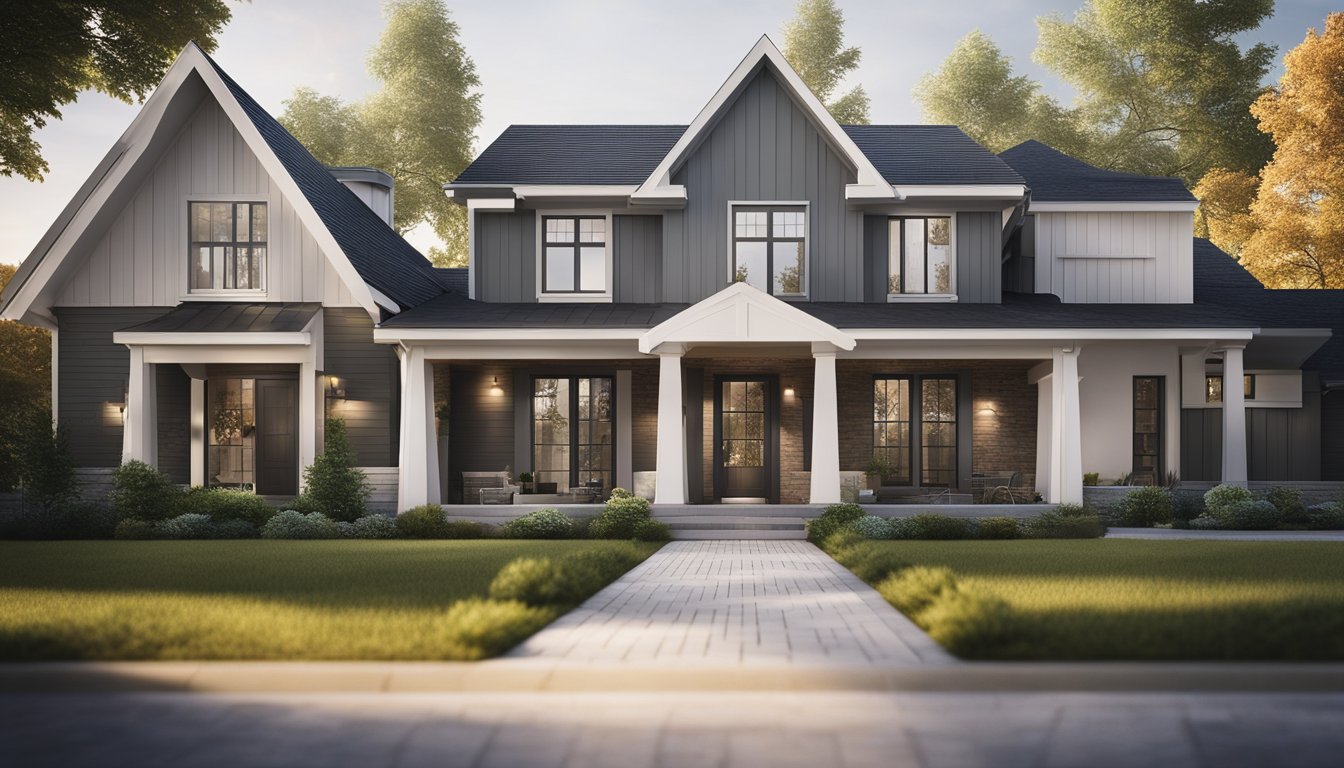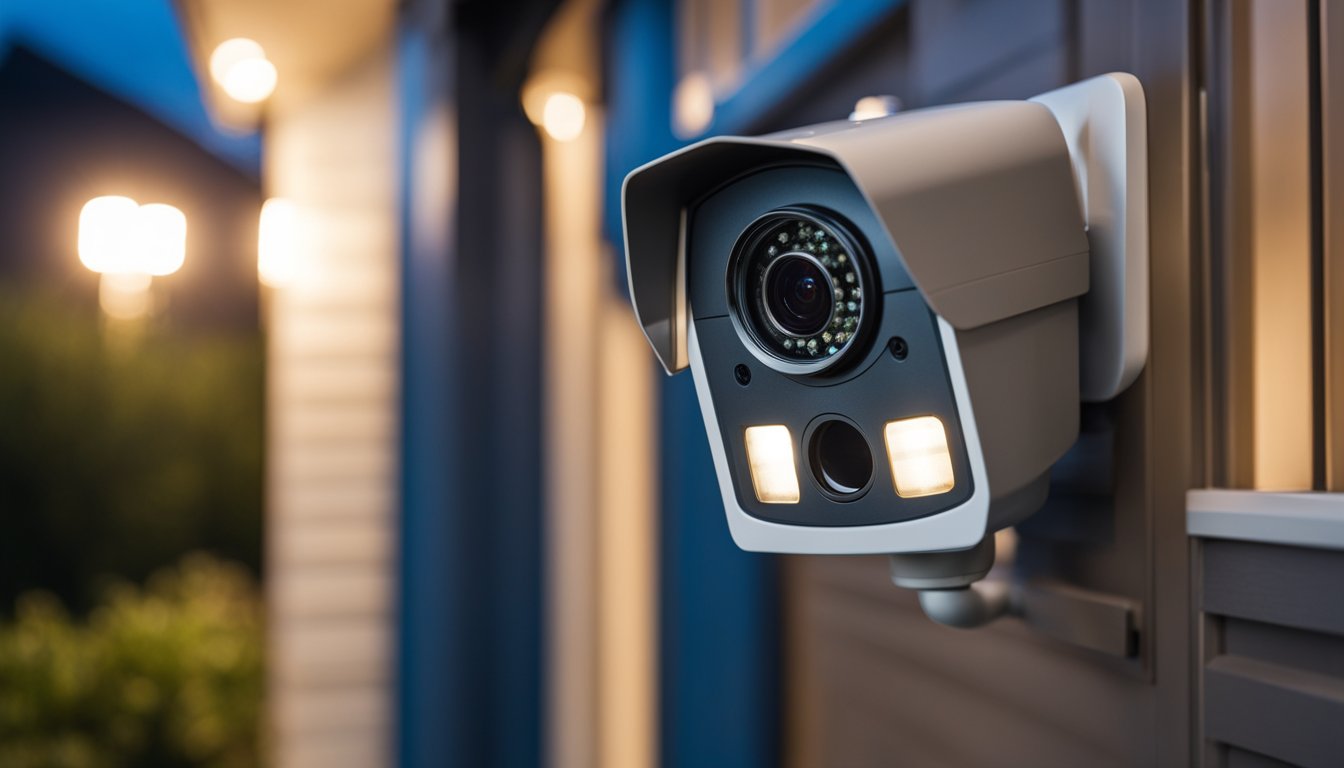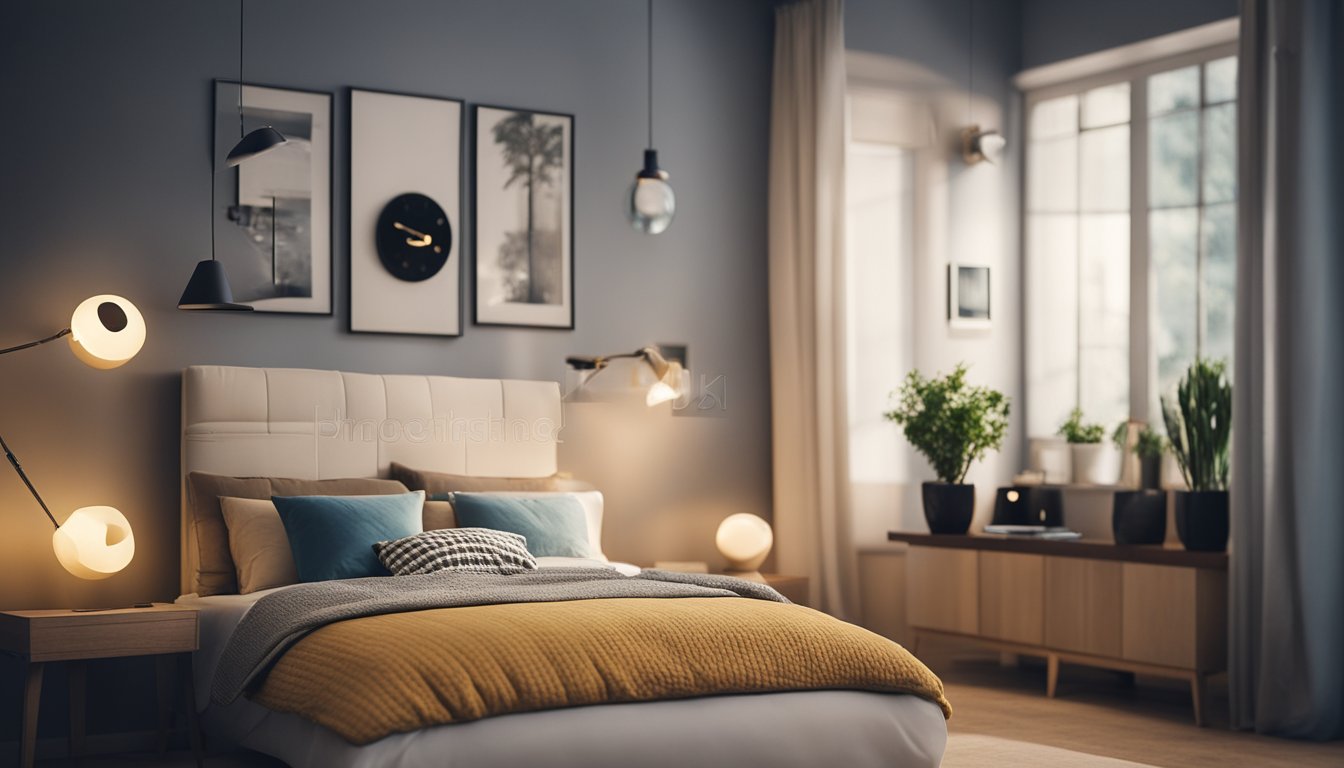Late updated: 16 Apr 2025 08:04
Written by: Elena Prescott
Creative Ways To Enhance Home Security On A Budget: Affordable Tips and Tricks
In today's world, strengthening our home's security doesn't have to break the bank. With a bit of creativity and the right approach, we can significantly improve the safety of our homes while keeping costs low. Simple upgrades such as reinforcing entry points and installing DIY alarm systems can go a long way towards enhancing security without the need for expensive solutions.

Many effective strategies exist, from placing noise-making items by windows to deter intruders, to employing smart home technology that allows us to monitor our premises from anywhere. These not only provide peace of mind but also offer convenience in managing home security. By integrating cost-effective solutions with the power of technology, we can create a secure and protected environment.
Reading further, we'll explore innovative yet affordable ways to protect our home, addressing common concerns and providing practical tips. Let's dive into these strategies to ensure our homes remain safe havens.
Key Takeaways
- Utilise affordable security upgrades to deter theft.
- Leverage smart technology for effective monitoring.
- Simplify home security with frequently asked questions.
Cost-Effective Security Upgrades

Securing our homes doesn't have to break the bank. We can strategically enhance security by focusing on affordable upgrades for doors, windows, and lighting. These measures fortify vulnerable entry points, deter potential intruders, and provide peace of mind.
Enhancing Door Security
Doors are often the primary focus when considering home security improvements. Deadbolts are crucial; installing these increases resistance to forced entry. Reinforcing door frames with a metal strike plate further enhances strength. For sliding doors, a security bar or a sturdy dowel in the track can prevent unauthorised access.
Smart locks offer convenience and security by allowing secure access via mobile devices. This gives us remote control over who enters our homes, eliminating the need for spare keys hidden outside.
Window Reinforcement Strategies
Windows present another vulnerability in home security. Simple strategies improve their integrity effectively. Installing robust window locks is an essential step. Additionally, security film can be applied to windows, making them shatter-resistant.
For enhanced surveillance, window sensors can alert us to any breach attempts. Sliding windows can also benefit from similar practices to sliding doors through the use of rods or additional locks in the tracks. These measures provide both physical resistance and real-time alerts.
Smart Lighting Advantages
Smart lighting systems serve as a deterrent by simulating occupancy even when we are away. Brands like Philips Hue offer bulbs that can be controlled remotely, allowing us to manage lighting schedules to suit our routine.
Besides enhancing security, smart lighting comes with energy efficiency perks. Motion sensors integrated with smart lights ensure they only activate when movement is detected, conserving energy while maintaining a secure environment. This seamless integration blends security with daily convenience, providing effective preventive measures.
Leveraging Technology and Automation
Implementing technology and automation in home security offers innovative yet cost-effective solutions. By using smart devices, accessible surveillance options, and weighing different monitoring strategies, we can achieve a higher level of security.
Integrating Smart Home Devices
Incorporating smart devices can transform a traditional home into a secure haven. Smart bulbs, for example, can be scheduled via apps to mimic occupancy, while a smart thermostat ensures energy efficiency, alerting us to any irregularities. Google Assistant provides voice control, integrating with various devices to enhance security.
Devices like keyless entry systems eliminate the risk of lost keys and enhance security by allowing remote management. Our choices in smart home devices can significantly impact security and offer an additional layer of protection.
Affordable Surveillance Solutions
Surveillance forms the backbone of an effective home security structure. With security cameras becoming more affordable, options like indoor security cameras and video doorbells provide essential insights into our home's activities. These devices offer real-time notifications, and some even integrate with alarm systems for heightened alertness.
The decline in pricing makes it feasible for us to maintain a presence around the clock without stretching our budgets. Additionally, these options eliminate the need for costly professional installation, focusing on user-friendly DIY approaches. SimpliSafe and other brands provide such scalable and budget-friendly solutions.
Professional Monitoring vs DIY
When choosing between professional monitoring and DIY, we must consider our specific security needs. Monitored home security systems provide constant surveillance with rapid response to alarms, reducing the risk of false alarms. However, professional monitoring incurs additional costs, unlike DIY systems, which can be set up and monitored via personal devices.
DIY systems often work on Wi-Fi with no contracts, giving us greater flexibility. For those seeking comprehensive coverage, professional options may be preferred. Balancing technological advancements and pricing helps us tailor our approach to meet security expectations while remaining budget-conscious.
Frequently Asked Questions

We explore practical, budget-friendly tips for boosting home security. From simple deterrents to strategic advice, these questions address common concerns about keeping your home safe.
What are some effective yet inexpensive methods to burglar-proof one's home?
Some cost-effective ways to deter burglars include installing motion-activated lights and using security company signs. Simple tricks, such as placing large dog bowls or boots near entrances, can create an impression of occupancy and deter potential intruders.
What strategies do police recommend for enhancing the security of your home?
Police often suggest maintaining good visibility around your property by trimming bushes and using outdoor lights. Establishing a neighbourhood watch programme can also provide additional surveillance and deter criminal activity. Reinforcing doors with stronger locks or additional bracing can further enhance security.
In what ways can homeowners increase protection against break-ins without using a security system?
Strengthening entry points is key. Consider adding deadbolts or security bars to windows and doors. Installing peepholes on exterior doors provides additional security. Making sure your home is well-lit at night will also discourage potential burglars.
How can someone ensure their home is more secure while they're away?
Setting timers on lights can simulate the presence of occupants, and asking a neighbour to pick up mail can give the appearance of a lived-in home. Also, avoid announcing travel plans on social media to minimise risks.
What are the top do-it-yourself solutions for reinforcing home security?
Installing affordable DIY alarm systems can serve as an immediate alert for any unauthorised entries. You can also use security cameras and smart doorbells to monitor activity remotely. Adding jamming devices to sliding doors can prevent forced entry.
What design features can contribute to a more burglar-proof house?
Design features that enhance security include using thorny shrubs under windows, which can act as natural barriers. Additionally, opting for solid core doors and using laminated glass for windows can deter break-ins. Strategic placement of lighting can cover vulnerable areas after dark, ensuring your home remains secure at all times.
